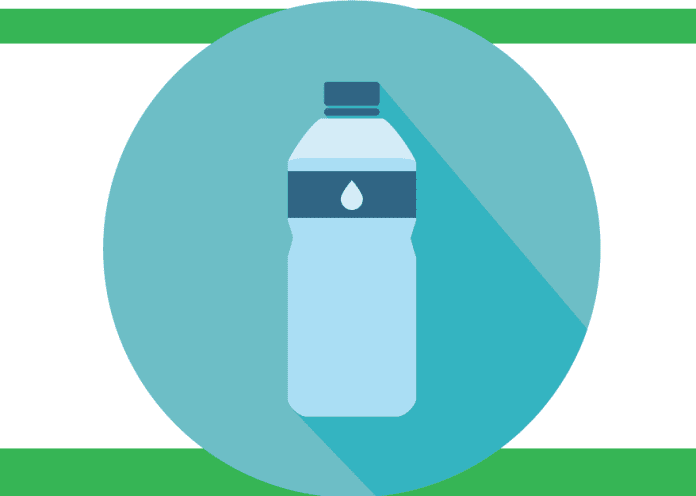As is almost always the case in the stories we write, things just go a whole lot tougher here in California. The Department of Industrial Relations’ Occupational Safety and Health Appeals Board (OSHAB) has issued a precedential decision regarding the provision of water at outdoor worksites, affirming that it must be as close as practicable to the areas where employees are working to encourage frequent consumption.
“This decision provides clarity and should serve as a reminder that employers must take adequate steps to ensure that potable drinking water is as close as practicable to workers,” said Cal/OSHA Chief Jeff Killip. So, what does this decision mean? The case clarified the definition of what “as close as practicable” means with water placement at the workplace. Cal/OSHA opened a complaint-initiated safety inspection at the Rios Farming Co. vineyard in St. Helena on August 6, 2018. Water was provided at one end of the vineyard rows, and a water jug was also near the workers in one of the rows being worked on. Inspectors found some workers had to climb through multiple grape trellises to access drinking water.
In 2019, Cal/OSHA cited Rios Farming Co. for a repeat serious violation for not having water as close as practicable for their employees. Rios Farming Co. appealed the citation, and an administrative law judge affirmed the citation on Oct. 12, 2022, with a modified penalty of $27,000. Then the Cal/OSHA Appeals Board issued its decision on Feb. 6, 2023, which clarifies that the term “as close as practicable” in terms of providing water to prevent heat illness means that the water must be as close as reasonably can be accomplished in order to encourage frequent water consumption. In this case, the ALJ found, and the OSHAB affirmed, that the trellises were an obstacle that discouraged employees from frequently drinking water. The ALJ and Board further found that other reasonable options were available to the employer, such as providing a jug of water in each row where the employees were working or providing individual water bottles that employees could carry with them and refill from the jugs.
The one thing this decision does not explicitly say is water must be within a specific distance, leaving some ambiguity for farmers. However, it does seem to indicate simply having water at the end of the rows is no longer enough. The decision implies they must have water with them to stay sufficiently hydrated. What is troublesome here is the action by the Appeals Board to go beyond the ALJ and essentially make their own policy decision based on their interpretation of “close as practicable.” Given that Cal/OSHA often conducts inspection sweeps during the hot periods of the year, we can fully expect to hear more about this and the corresponding ramifications this summer. While we know every precaution is made to protect the agricultural workforce and provide water during hot periods, we strongly encourage you to take extra steps now that this decision has been rendered.

Roger A. Isom | President/CEO, Western Agricultural Processors Association
Roger is President/CEO of the California Cotton Ginners and Growers Association and Western Tree Nut Association. He brings over 30 years of regulatory and legislative advocacy experience, specializing in environmental and safety matters. Roger’s responsibilities include the management of both Associations’ staff and day-to-day operations. Roger is also the President of the Ag Energy Consumers Association (AECA), board member and Past President of the Ag One Foundation at California State University Fresno, and manages the Navel Orangeworm Action Committee (NOWAC).
















